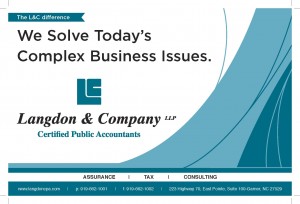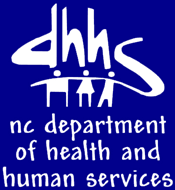Should you be filing FinCEN Form 114, Report of Foreign Bank and Financial Accounts (FBAR)?
by: Brittany Craig
According the to the IRS’ FBAR guidance[1], the list of U.S. persons who may be required to report their foreign bank and financial accounts annually to the United States Treasury include, but is not limited to the following who have a financial interest or signature authority in a foreign account or asset:
list of U.S. persons who may be required to report their foreign bank and financial accounts annually to the United States Treasury include, but is not limited to the following who have a financial interest or signature authority in a foreign account or asset:
- U.S. citizens
- Resident aliens
- Trusts
- Estates
- Certain domestic entities
The Department of the Treasury indicates that if the aggregate value of all foreign account(s) or asset(s) is at least $10,000 in U.S. dollars at any time during the calendar year, then the maximum value of the financial account(s) maintained by a financial institution physically located in a foreign country should be reported.
While the reporting threshold is $10,000, some U.S. persons may choose to report their foreign bank and financial account(s) even if they are below the aforementioned threshold in an effort to instill good faith with the Department of Treasury.
Form 114 must be received by the U.S. Department of Treasury no later than June 30, via FinCEN’s BSA E-Filing System. Note, this report is not filed with a federal tax return and there are no extensions of time. In addition, if the report is not filed on time non-willful penalties may be up to $10,000 and willful penalties may be up to the greater of $100,000 or 50% of account balances. Criminal penalties may apply, too.
Our tax department is incredibly knowledgeable about miscellaneous forms and other tax issues. Please feel free to contact our office for more information.
Brittany ([email protected]) is a tax senior at Langdon & Company LLP. She has experience in tax planning for a variety of clients including corporate and pass-through to individuals.




 There are several educational tax credits and deductions available, but how and when do they apply? The IRS recently published the article “
There are several educational tax credits and deductions available, but how and when do they apply? The IRS recently published the article “




 0.9% Tax on Wage and Self-employment Income:
0.9% Tax on Wage and Self-employment Income: